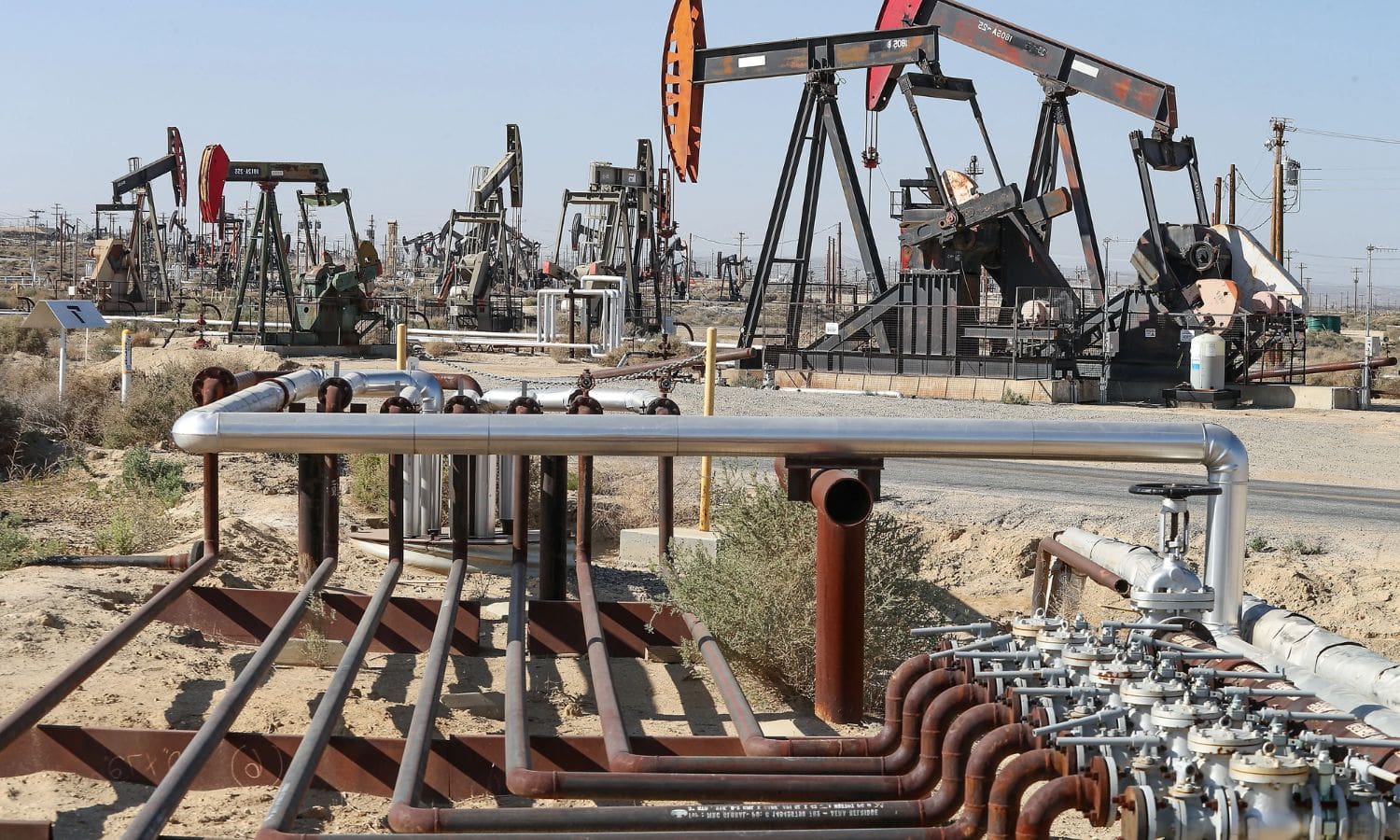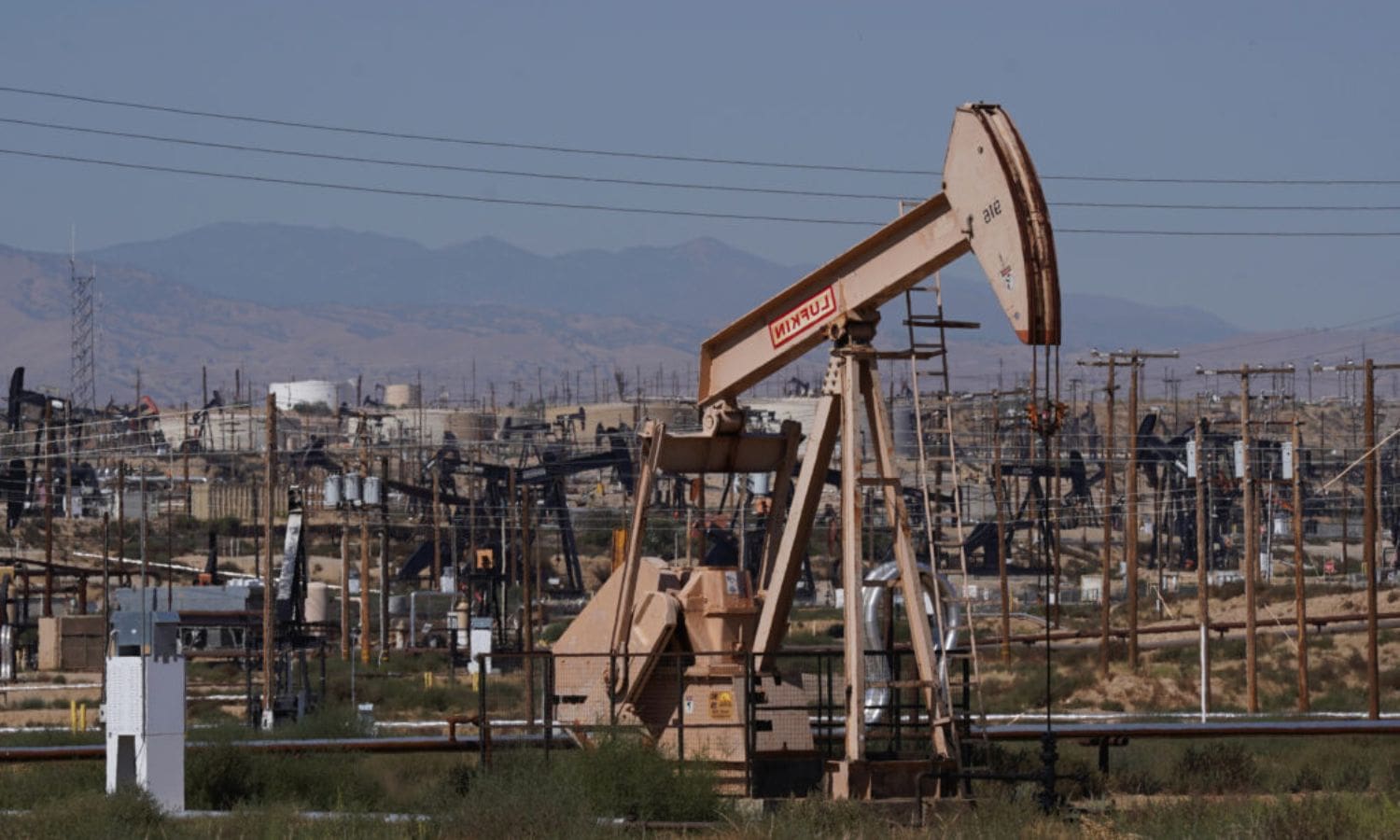Kern County Journey to Carbon Management Approval: Kern County, a prominent region in California, is making significant strides towards carbon management approval. In the face of shifting economic landscapes, this bold initiative aims to address environmental concerns while fostering economic growth.
With divided views on carbon management among the public, the county’s vision for a thriving carbon removal industry holds immense potential. However, navigating the challenges and regulatory processes associated with this endeavor is crucial.
This article explores Kern County’s journey towards carbon management approval, considering its global and national context.
Key Takeaways Of Kern County Journey to Carbon Management Approval
- Kern County aims to transition away from oil drilling by 2045 and become a pioneer in carbon removal and storage.
- The initiative presents economic prospects, including the generation of tax revenues, job creation, and the establishment of Kern County as a hub for technological advancements in carbon removal.
- Environmental concerns and public sentiment surrounding the initiative include air quality concerns, skepticism based on previous failures, and divided public sentiment.
- The role of the Planning Commission and County Supervisors is crucial in reviewing and approving carbon management projects, ensuring compliance with regulations, and balancing community needs, environmental concerns, and economic development.


Kern County’s Carbon Management Initiative: A Bold Move Amidst Economic Shift
Amidst the economic shift, Kern County’s Carbon Management Initiative stands as a bold and promising move. As the county recognizes the need to transition away from oil drilling by 2045, the Carbon Management Initiative positions Kern County as a pioneer in the field of carbon removal and storage.
This initiative acknowledges the economic impacts of this transition and aims to leverage these changes to the county’s advantage. With the potential to become a hub for carbon removal and storage, Kern County can attract new investments, create job opportunities, and establish itself as a leader in sustainable practices.
Environmental Concerns and Public Sentiment: Divided Views on Carbon Management
With divided views on carbon management, what are the environmental concerns and public sentiment surrounding Kern County’s Carbon Management Initiative?
The initiative has sparked a range of opinions among the public, with some expressing support for the county’s efforts to address climate change and reduce greenhouse gas emissions. However, there are also concerns raised by environmental activists and residents regarding the potential environmental impacts of carbon management.
Here are four key points highlighting the concerns and public sentiment:
- Air quality: The environmental assessment acknowledges the unavoidable impacts on local air quality, which has raised concerns about potential negative health effects on communities near carbon management facilities.
- Pipeline safety: Questions have been raised about the safety of the pipelines used to transport captured carbon, with worries about potential leaks or accidents.
- Leakage risks: Critics argue that carbon capture and storage technology is not foolproof, and there is a risk of CO2 leakage, which could have adverse effects on the environment and public health.
- Track record: Skeptics point to previous instances where carbon management projects have failed or faced technological challenges, raising doubts about the feasibility and effectiveness of the initiative.
Global and National Context: Carbon Capture and Storage in the Fight Against Climate Change
Carbon capture and storage (CCS) plays a significant role in the global and national efforts to combat climate change. It is a technology that captures carbon dioxide emissions from industrial processes and power generation, preventing them from being released into the atmosphere.
The captured carbon dioxide is then transported and stored underground in geological formations, such as depleted oil and gas fields or saline aquifers. This process not only reduces greenhouse gas emissions but also helps to mitigate climate change by removing carbon dioxide from the atmosphere.
The importance of CCS is evident in the substantial investments made by the Biden administration in the carbon removal industry. As part of its climate agenda, the administration has allocated billions of dollars to support the development and deployment of CCS technologies. This funding aims to accelerate the adoption of CCS and drive innovation in the sector, ultimately contributing to the global goal of achieving net-zero emissions by 2050.
To further understand the significance of CCS in the fight against climate change, let’s take a closer look at its global and national context:
| Global Context | National Context |
|---|---|
| CCS is recognized as a crucial technology in international climate agreements, such as the Paris Agreement. It is seen as a necessary tool to achieve the goal of limiting global warming to well below 2 degrees Celsius. | In the United States, CCS is considered a key component of the country’s strategy to reduce emissions and transition to a clean energy future. The government has set ambitious targets for carbon neutrality, and CCS is expected to play a vital role in reaching these goals. |
| Many countries around the world are investing in CCS research, development, and deployment. They recognize the potential of this technology to decarbonize industries such as cement, steel, and power generation. | Several states in the U.S., including California, have implemented policies and incentives to support CCS projects. These initiatives aim to encourage the deployment of CCS technologies and create a market for carbon capture and storage. |
| The International Energy Agency (IEA) has emphasized the importance of CCS in achieving global climate goals. It estimates that CCS could contribute up to 15% of the emissions reductions needed by 2040 to align with the Paris Agreement targets. | The U.S. Department of Energy has been actively supporting CCS research and development, providing funding for projects that demonstrate the viability and scalability of the technology. The department’s efforts have led to significant advancements in CCS deployment and increased confidence in its potential to mitigate climate change. |

Economic Prospects: Kern County’s Vision for Carbon Removal Industry
Kern County’s vision for the carbon removal industry includes generating tax revenues and creating jobs to ensure economic survival amidst potential job losses in the oil industry. The county recognizes the need to diversify its economic base and embrace emerging climate-friendly industries.
Here are four key aspects of Kern County’s vision for the carbon removal industry:
- Tax revenues: The development of the carbon removal industry is expected to generate significant tax revenues for the county. These revenues can be used to fund essential public services and infrastructure projects.
- Job creation: By investing in the carbon removal industry, Kern County aims to create new job opportunities for its residents. This will help mitigate the potential impact of job losses in the oil industry and provide employment options in a rapidly changing economic landscape.
- Technology innovation: Kern County envisions becoming a hub for technological advancements in carbon removal. By attracting research and development activities, the county aims to foster innovation and position itself as a leader in the field.
- Environmental sustainability: The carbon removal industry aligns with Kern County’s commitment to environmental sustainability. By supporting this industry, the county can contribute to global efforts to combat climate change and reduce carbon emissions.
Through its vision for the carbon removal industry, Kern County aims to secure its economic future while also addressing the pressing challenges of climate change.
Challenges and Regulatory Process: Navigating the Path to Carbon Management
The regulatory process for carbon management in Kern County poses significant challenges and requires careful navigation. Kern County faces concerns about the permanence and safety of carbon storage, as well as potential leakage risks and the complex technological aspects of carbon capture and storage. To better understand the challenges and regulatory process, let’s take a closer look at the roles of the planning commission and county supervisors.
The planning commission plays a crucial role in reviewing and approving carbon management projects. They assess the environmental, social, and economic impacts of proposed projects, ensuring compliance with local regulations and guidelines. County supervisors, on the other hand, have the final say in granting permits and making decisions regarding carbon management initiatives. Their role is to balance the needs of the community, the environment, and economic development.
Navigating the path to carbon management requires collaboration between government agencies, industry experts, and community stakeholders. It involves conducting thorough environmental assessments, addressing public concerns, and complying with regulatory requirements. By carefully navigating these challenges, Kern County can pave the way for successful carbon management and contribute to a sustainable future.
Table: Roles in the Regulatory Process
| Role | Responsibilities |
|---|---|
| Planning Commission | Review and approve carbon management projects, assess environmental and economic impacts, ensure compliance with regulations and guidelines. |
| County Supervisors | Grant permits, make decisions regarding carbon management initiatives, balance community needs, environmental concerns, and economic development. |

Also Read: Thefts Hit California Cemeteries: Carson Robbed a Week After Nearby City Incident
Conclusion Of Kern County Journey to Carbon Management Approval
Kern County’s journey towards carbon management approval highlights the complex interplay between economic considerations, environmental concerns, and public sentiment.
Despite divided views on the issue, the initiative represents a bold move towards addressing climate change through carbon capture and storage.
With a vision for a thriving carbon removal industry, the county faces challenges in navigating the regulatory process.
However, by embracing this initiative, Kern County is positioning itself as a leader in the fight against climate change.

